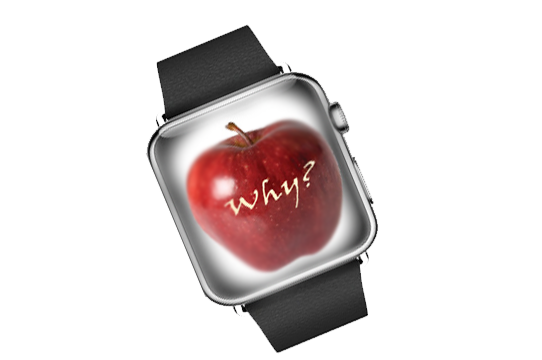Apple takes the hands-off approach

September 17, 2014
Apple announced their latest batch of high-tech gadgets and software to accompany them. The Apple Watch was announced alongside the iPhone 6 and 6 plus. The Apple watch will feature a custom user interface, based on the iOS 8 mobile operating system used by the rest of the Apple mobile family (iPad, iPhone, iPod). The Apple Watch will be released in early 2015 as an accessory for the iPhone. The Apple Watch is the next logical step in the progression of portable technology. The coming of the Apple Watch is like the fulfillment of a prophecy foretold by the science fiction writers of old.
Unlike the technology seen in mid-20th century science fiction, the Apple Watch is not an all-in-one communication device but an extension of the iPhone. Stylistically the Watch is uninspired, following the standard square format seen in all of the other apple devices, the Motorola 360 features a circular display, giving it more of a retro sci-fi look. The Apple Watch appears to be devoid of practical consumer use. Everything that the Apple Watch can do can be done through the iPhone; also, the iPhone is necessary for the use of the watch for anything more than basic time-telling functions. The apple watch sticks out like a sore thumb, and like a sore thumb it is prone to impact. Watches are arguably the most impact-prone pieces of technology and a capacitive touch screen doesn’t stand a chance against the wear and tear that most watches are exposed to. Think about this, have you ever seen an iPhone that’s made it until the upgrade without being cracked?
Just because the Apple Watch is not packed with practicality at announcement does not mean it is doomed to uselessness. Many people saw Google Glass as impractical and in the consumer market it still is, however Google Glass has proven useful in the medical field for both medical education as well as real time record keeping and referencing. The Apple Watch is a good concept and has some potential, but it is not practical yet.

